ANother molt gone, still a small size. But the shield is very visible by now.
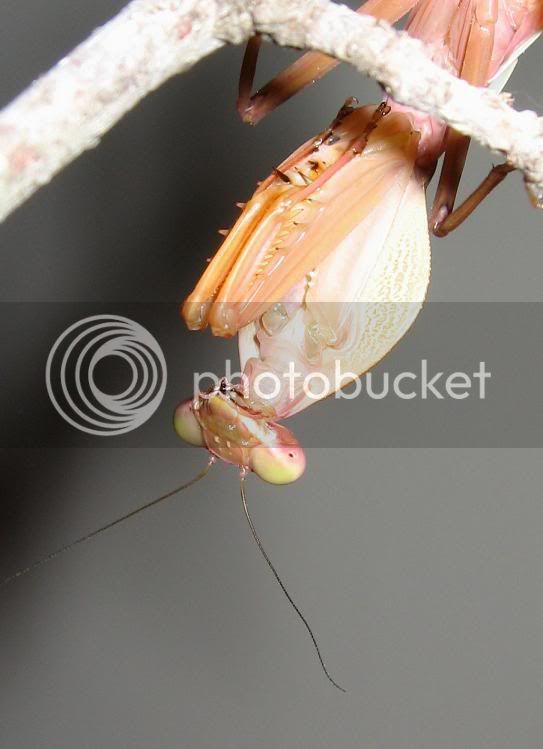
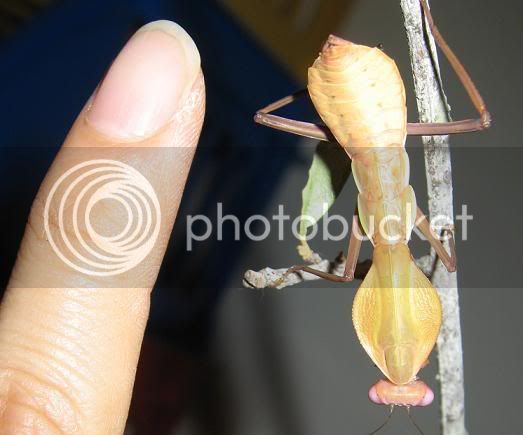





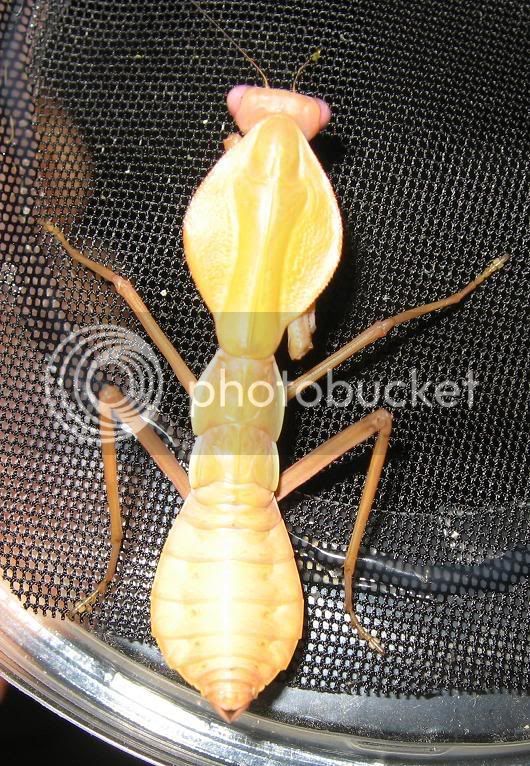








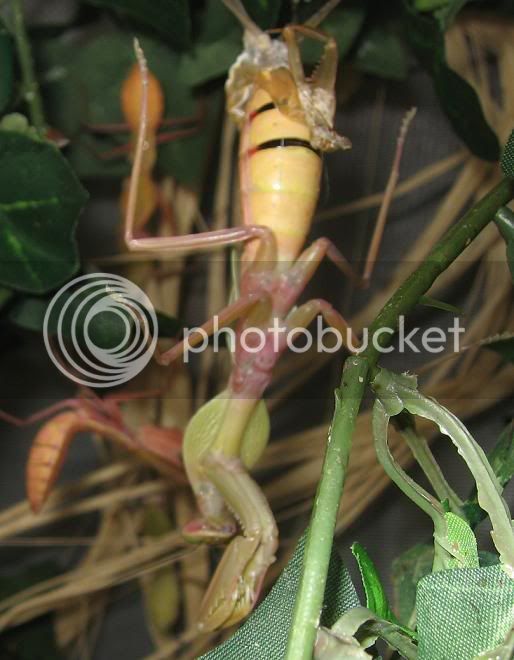
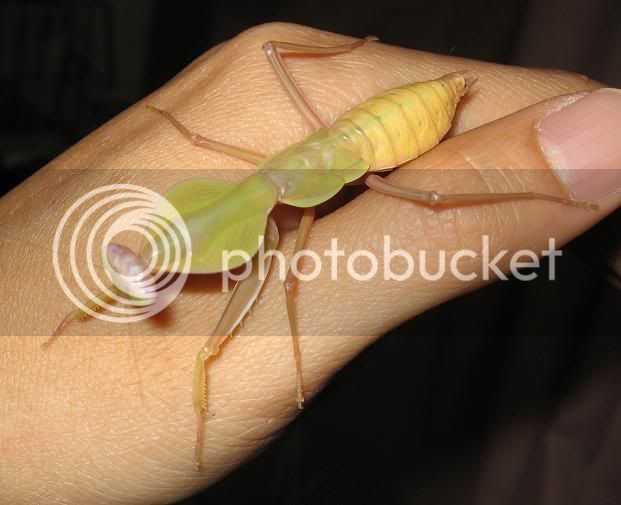
yea, they should be. i just have to use a magnifying glass. i'll try to sex them when i get a chance. at what stage do you start seeing the size difference between the two sexes?I still think it is just coincident. i will check the outcome with others. Wuwu, are yours large enough to s.ex? Right now most of them have reached subadult, hopefully i can breed them for another generation.
Enter your email address to join: